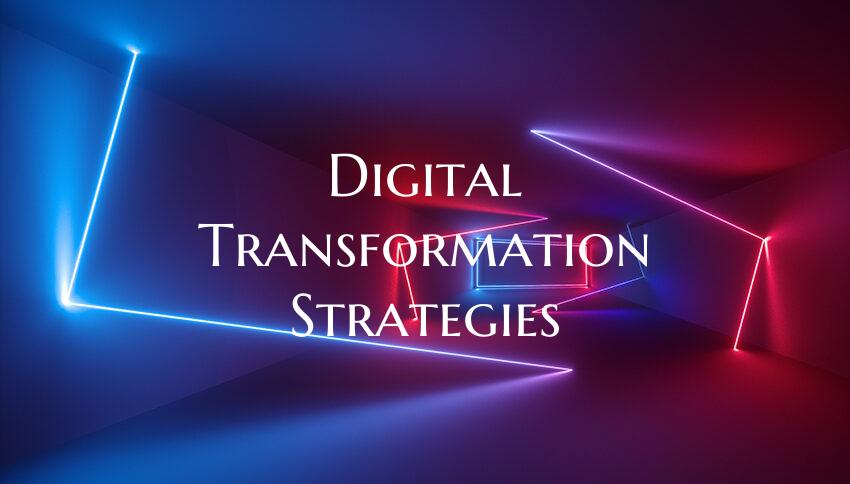Digital Transformation Strategies
Digital transformation has become a key focus for organizations seeking to embrace technological advancements and stay competitive in today's rapidly evolving business landscape. To effectively navigate this digital shift, businesses need well-defined strategies that enable them to leverage the power of technology to drive innovation, streamline processes, and meet the changing needs of their customers. Here are some key strategies that can help organizations unlock success in the digital age:
1. Embrace a Customer-Centric Approach: One of the central pillars of digital transformation is placing the customer at the heart of your strategy. By understanding customer needs, preferences, and behaviors, businesses can tailor their products and services to deliver personalized experiences that drive customer loyalty and satisfaction.
2. Invest in the Right Technologies: To drive digital transformation, organizations need to invest in cutting-edge technologies that can help them achieve their strategic objectives. Cloud computing, artificial intelligence, Internet of Things (IoT), and data analytics are just a few examples of technologies that can enable businesses to enhance their operational efficiency, optimize decision-making, and create new revenue streams.
3. Foster a Culture of Innovation: Digital transformation is not just about adopting new technologies; it also requires a cultural shift within the organization. Encouraging a culture of innovation, collaboration, and continuous learning can help foster creativity and drive the development of new ideas and solutions that propel the business forward.
4. Build Agile and Flexible Processes: Traditional business processes are often rigid and slow to adapt to change. To thrive in the digital age, organizations need to establish agile and flexible processes that can quickly respond to market dynamics and customer demands. Agile methodologies, such as Scrum and Kanban, can help teams deliver value faster and more efficiently.
5. Data-Driven Decision-Making: Data is a valuable asset that can provide organizations with valuable insights into customer behavior, market trends, and business performance. By leveraging data analytics and business intelligence tools, organizations can make informed decisions that drive growth, improve operational efficiency, and enhance the overall customer experience.
In conclusion, digital transformation is a journey that requires a strategic approach and a willingness to embrace change. By adopting these key strategies, organizations can position themselves for success in the digital age and unlock new opportunities for growth and innovation.

